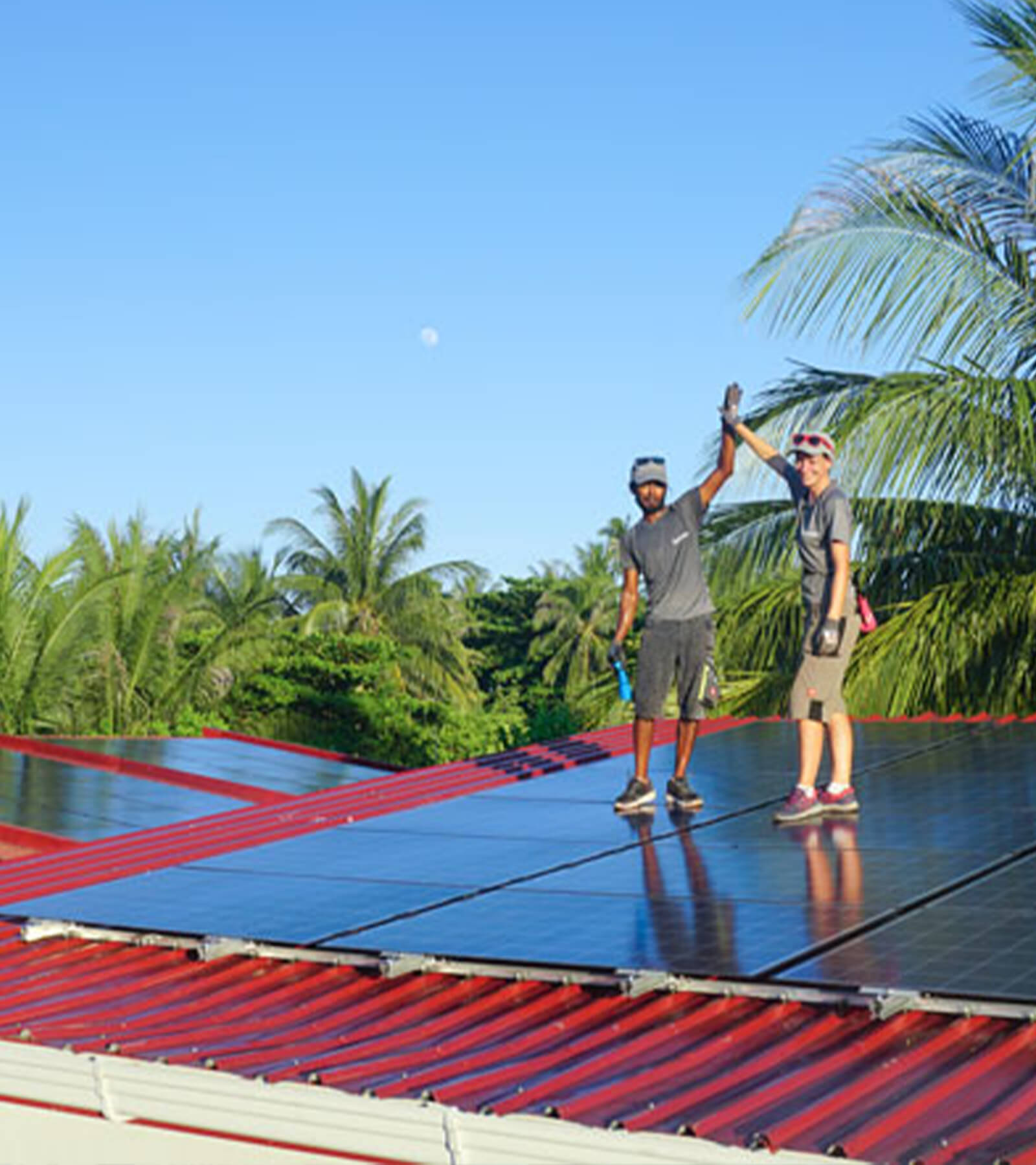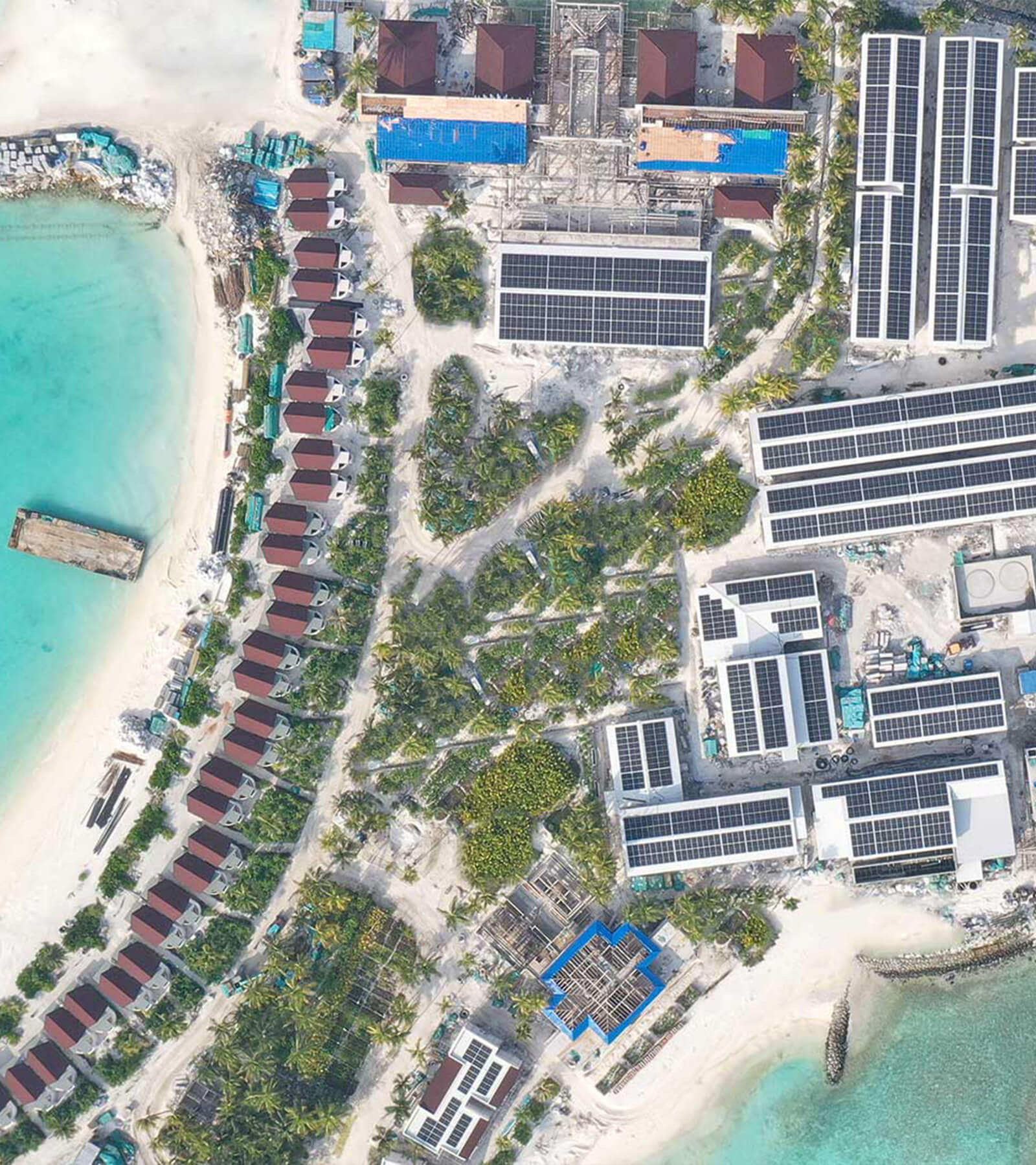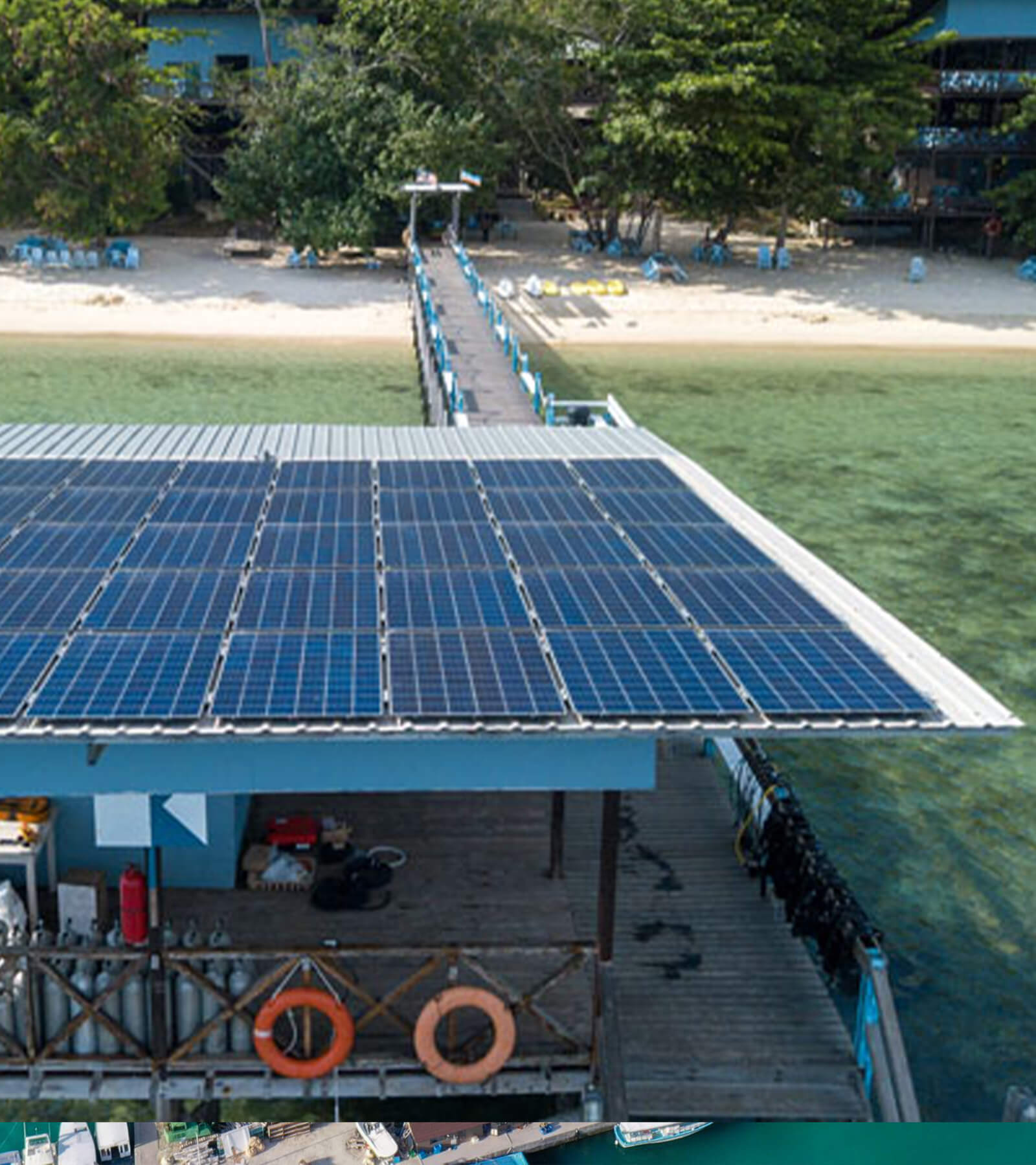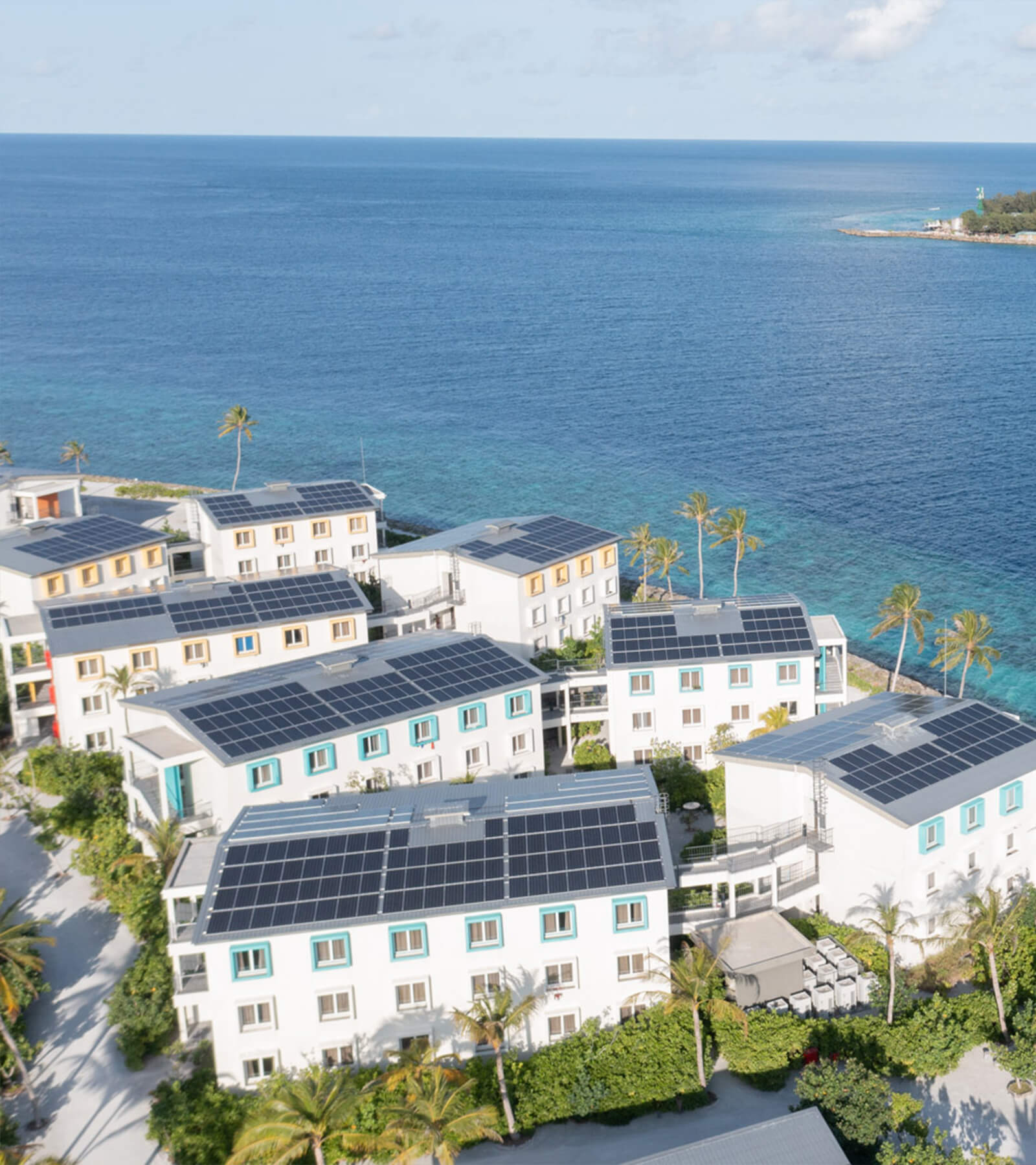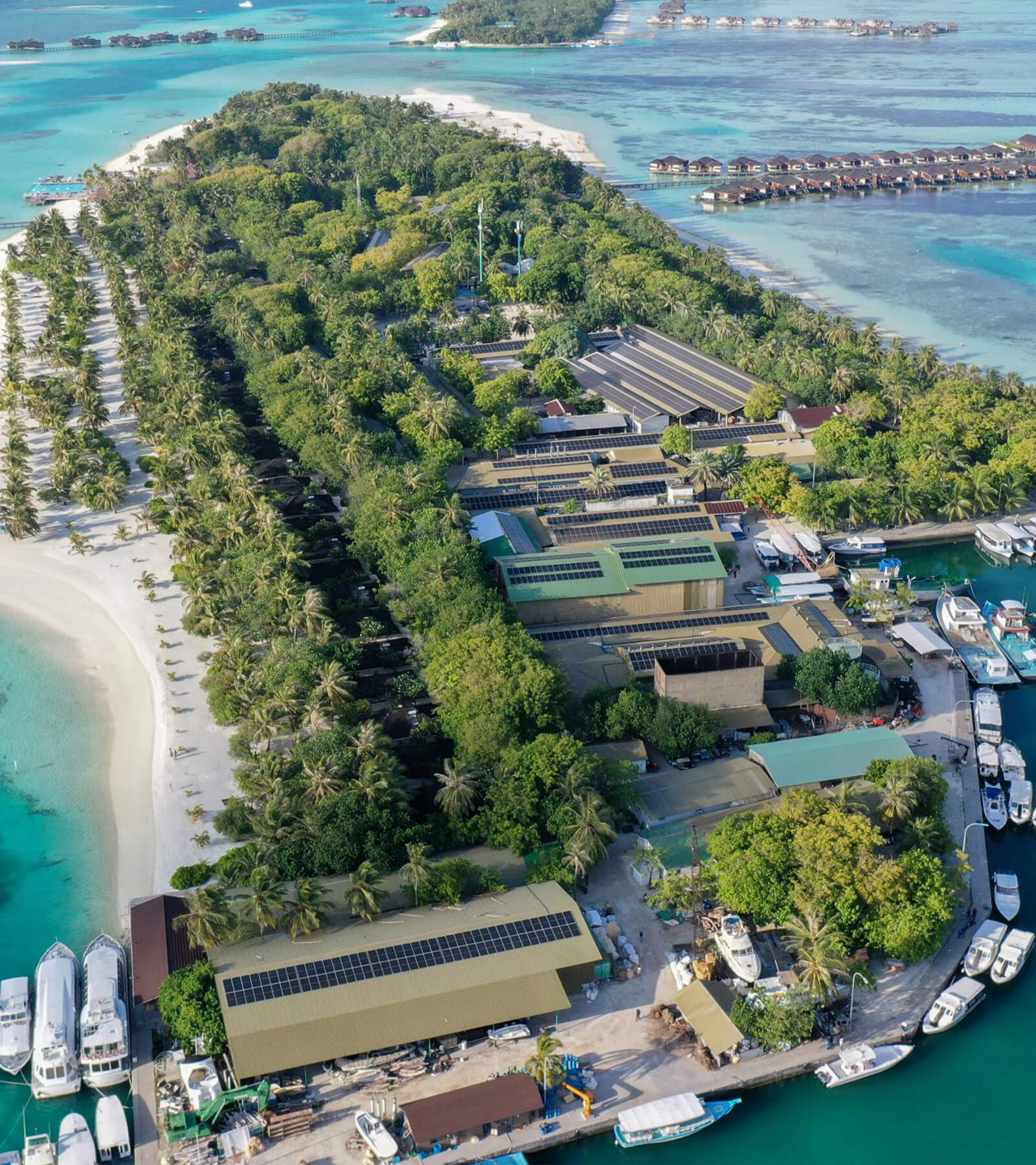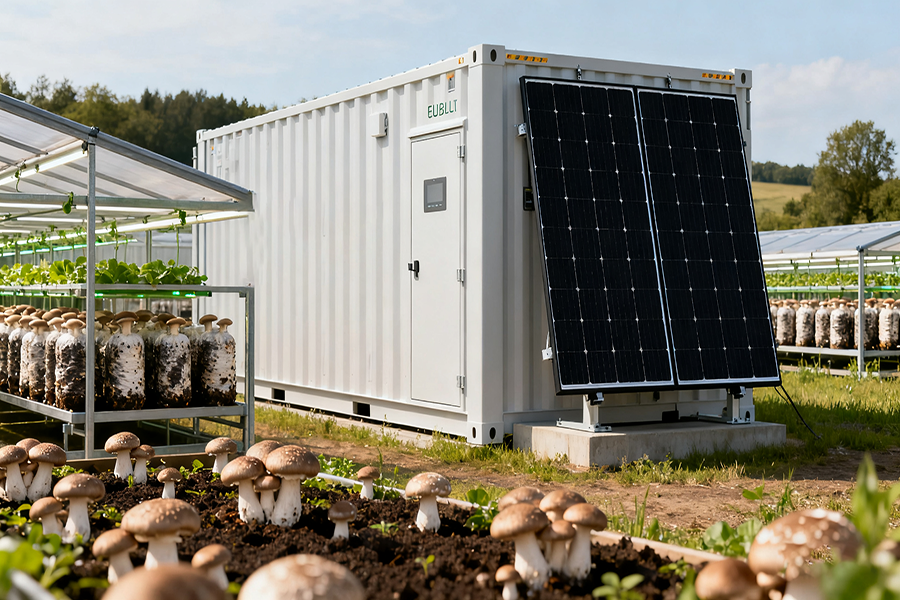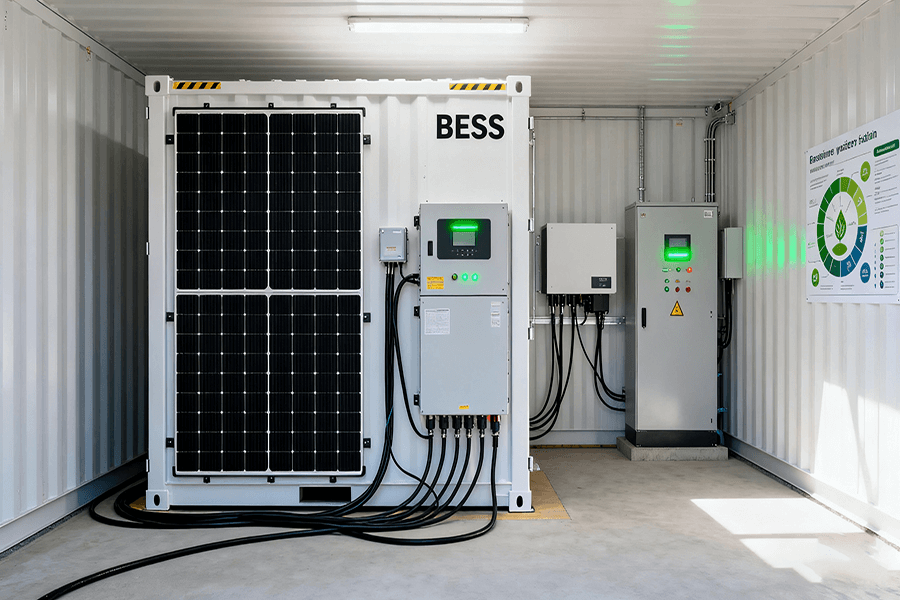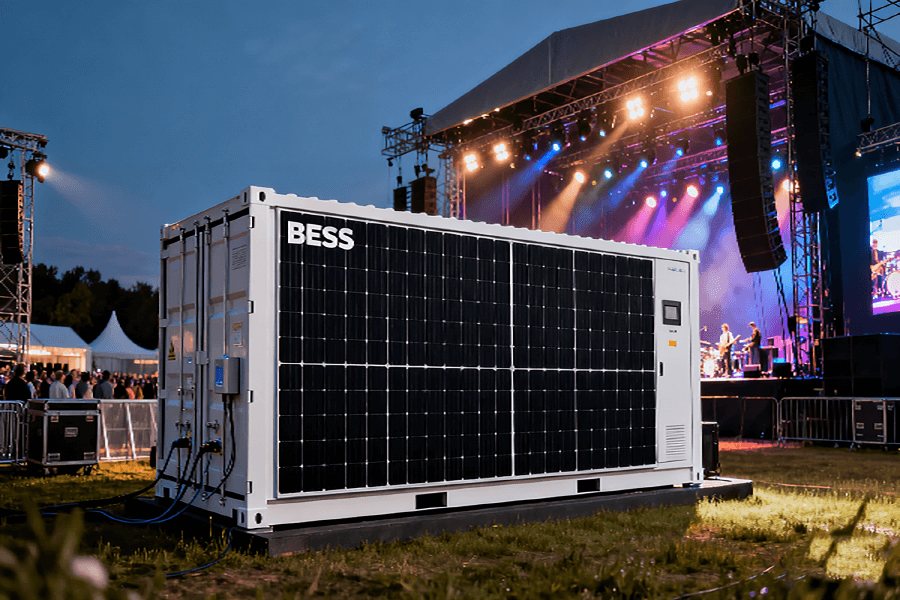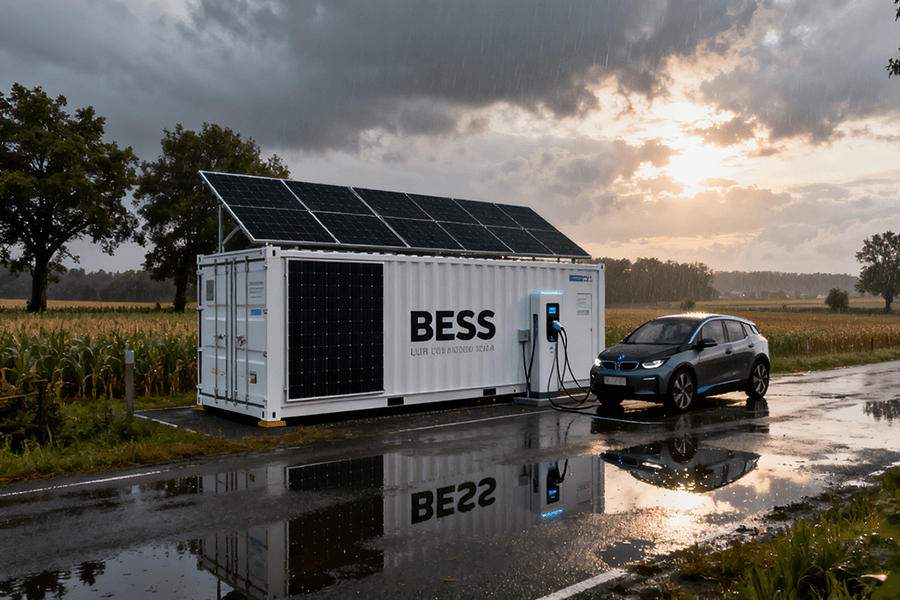Port air regulations now hit ships with $10k/hour fines for diesel idling. This piece explores how mobile BESS Container Shore Power systems deliver instant ‘cold ironing’ energy to docked vessels – eliminating emissions, avoiding brutal penalties, and bypassing expensive grid upgrades. Learn why ports from Hamburg to Long Beach are plugging in (and breathing easier)
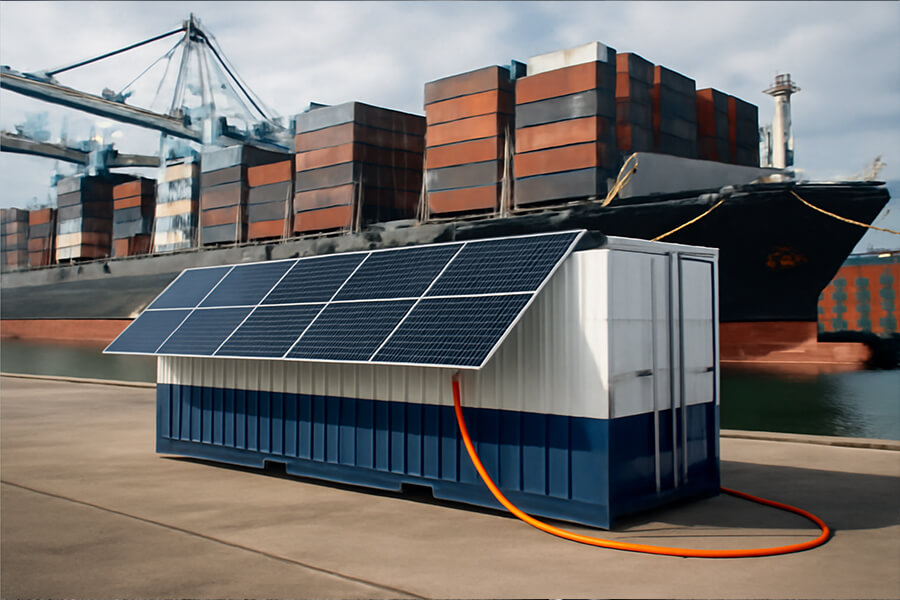
The $10k/Hour Anchor Dragging Ports Down
Picture this: Your cruise ship idles at port, puffing diesel like a 19th-century steam train. Suddenly, a fine hits harder than a rogue wave – $10,000 per hour. That’s more than your captain’s yearly espresso budget… and possibly his caviar allowance.
Why Ports Are Playing Hardball
2025’s emissions regulations have turned docks into high-stakes arenas:
- California’s CAPP (At-Berth Regulation)
• Mandates zero emissions for 80% of docked vessels
• Fines: Up to $10,250/hour for non-compliance (CARB 2025 Update) - EU’s FuelEU Maritime
• Requires shore power use or equivalent at major ports
• Fines: €9,500/hour (≈$10,200) in Hamburg/Rotterdam (EU Commission)
Ports Turning the Screws
Major hubs aren’t bluffing:
| Port | Penalty Rate (2025) | Trigger | Why It Stings |
|---|---|---|---|
| Los Angeles | $10,250/hour | Diesel genset operation >20 mins | Could buy 1,025 espresso shots/hr ☕ |
| Long Beach | $10,000/hour | Failure to plug into shore power | 2x daily docking fees |
| Hamburg | €9,500/hour | Non-compliance with FuelEU Article 8 | 3,800 bratwursts vaporized hourly 🌭 |
Sources: Port of LA Tariff No. 4, Port of LB Clean Air Action Plan
The Real Catch? Ships Can’t Just “Flip a Switch”
Turning off diesel gensets requires instant, massive power:
- A single Panamax container ship needs 8-10MW – equal to 50,000 homes surging AC units simultaneously (DNV Study, 2024).
- 78% of global ports lack grid infrastructure for high-voltage shore power (IEA Ports Report 2025).
Translation: Without plug-in power, ships face bankruptcy-by-fines… or must sail away coughing smoke like Victorian factories.
Cold Ironing 101: Not Your Grandma’s Ironing Board
“Cold ironing” isn’t about pressing wrinkled shirts. It’s about pressing ships to stop spewing toxins. Think of it as hitting ‘quiet mode’ on a floating skyscraper – swapping diesel’s cacophony for the silent hum of clean electrons.
How It Actually Works
Ships plug into high-voltage shore power instead of running diesel gensets:
- Voltage: 6.6kV or 11kV connections (up to 150x household voltage)
- Power Demand:
- Cruise Ship: 12-16MW (≈ powering 40,000 homes)
- Container Vessel: 8-10MW (≈ 1 Tesla Gigafactory on standby)
- Emissions Cut: 99% reduction in NOx, SOx, PM vs. idling (EPA Shore Power Study 2025)
The Grid’s Achilles’ Heel
Ports can’t deliver this mega-power overnight. Upgrading infrastructure is like performing open-heart surgery on a city:
| Ship Type | Avg. Power Needed | Equivalent Load | Ports With Compatible Grid (2025) |
|---|---|---|---|
| Mega-Cruise Ship | 14MW | 35,000 US homes | 22% |
| Panamax Container | 9MW | 4.5 Tesla Megapacks | 18% |
| LNG Carrier | 7MW | 14,000 espresso machines ☕ | 15% |
Source: DNV Maritime Energy Report 2025
Why Ports Aren’t Plugging In
The math is brutal:
Grid Upgrade Cost = €3.5M – €7M **per berth**
+ 3-5 years construction
+ Regulatory quagmire
Result: 78% of ports can’t support >5MW vessels (IEA Ports 2025). For context:
- Los Angeles spent $180M retrofitting 14 berths (Port of LA)
- Hamburg needs €500M to meet FuelEU by 2030 (Port of Hamburg)
The Iron(y)
Ships face $10k/hour fines for not plugging in… while ports lack sockets. It’s like demanding electric cars charge in a desert with no outlets.
Next section introduces the mobile solution: BESS containers that bypass this trillion-dollar grid headache.
BESS Containers: The Silent, Zero-Emission Powerhouse
Enter BESS containers – the Swiss Army knives of clean port power. They’re like battery-powered valets for ships: silent, efficient, and they never ask for tips. While ports scramble to upgrade grids, these mobile power banks roll up and deliver instant salvation.
What’s Under the Hood?
Battery Energy Storage Systems (BESS) in shipping containers:
- Capacity: 2-12 MWh per unit (expandable to 50+ MWh)
- Output: 1-8MW continuous (surges to 12MW for 30 mins)
- Efficiency: 94% round-trip energy conversion (DNV Battery Benchmark 2025)
Plug-and-Play Power Matrix
| BESS Size | Ships Served | Emissions Eliminated* | Equivalent Clean Air Impact |
|---|---|---|---|
| 4 MWh | 1 Panamax cargo ship | 3.2 tons NOx/month | Taking 720 diesel trucks off the road 🚛 |
| 8 MWh | 1 Mega-cruise ship | 6.1 tons NOx/month | Planting 12,000 trees 🌳 |
| 24 MWh | 3 VLCC tankers | 18 tons NOx/month | Cleaning air for 45,000 residents 👨👩👧👦 |
*Based on 8hr/day operation (EPA Port Emissions Calculator)
Taming the “Power Hungry Monster”
When a cruise ship’s A/C surges during boarding, BESS containers react in <20ms:
- Absorb grid spikes like a sponge
- Release stored solar/wind energy
- Maintain voltage stability (±0.5%) even at 8MW loads
(Tested at Port of Miami with Carnival’s LNG ships: Carnival Corp Report)
San Diego’s Success Blueprint
The 2024 installation proves the model:
- Reduction: 3.1 tons of NOx monthly
- Cost: $6.2 million for 6MW/12MWh system
- ROI: 2.7 years (factoring in $9k/hr fine avoidance)
- Grid Relief: Handles 100% of USS Midway Museum ship’s load (Port of San Diego Report)
Why Ports Are Racing to Rent
BESS vs. Grid Upgrade:
Cost: $7M BESS vs. $50M substation
Time: 4 weeks vs. 4 years
Flex: Move units between berths vs. fixed cables
Source: McKinsey Port Infrastructure Analysis 2025
The verdict? BESS containers are the only solution that outruns $10k/hour fines and infrastructure delays.
Why Ports & Ship Operators Are Breathing Easier (Literally)
Compliance used to mean choosing between bankruptcy and suffocation. Now ports can finally say, ‘We’ve got the power!’ – and for once, it’s not a corporate slogan. BESS containers are delivering financial and respiratory life support.
Emissions: From Toxic to Zero
Hamburg’s 2024 Pilot proved the model:
- 9.2 tons of NOx eliminated monthly
- 100% of cruise ships plugged in at Altona Terminal
- Zero grid upgrades required (Port of Hamburg Sustainability Report 2025)
Seattle’s Hybrid System (BESS + Solar):
Before: 4.8 tons PM2.5/month
After: 0.02 tons (99.6% reduction)
Source: Port of Seattle Air Quality Dashboard
The $10k/Hour Fine Killer
| Cost Factor | Traditional Shore Power | BESS Container Solution | Savings |
|---|---|---|---|
| Infrastructure | $50M+ (grid upgrades) | $7M (mobile units) | $43M avoided 🚫🏗️ |
| Hourly OPEX | $10,000 (potential fine) | $1,200 (BESS rental) | $8,800/hr saved 💸 |
| ROI Timeline | 8-12 years | 2.1 years (Hamburg avg) | 6x faster ⚡ |
Source: McKinsey Port OPEX Study 2025
Decarbonization Credits: The IMO Jackpot
BESS + renewables let ports leapfrog regulations:
- IMO CII Rating Boost: Ships gain 15-20% higher compliance scores (IMO CII Guidelines 2025)
- EU ETS Savings: Avoid €120/ton CO₂ fees (shoreside power = zero emissions)
- California’s ZEBA Credits: $45,000/berth/year for zero-emission operations (CARB ZEBA Program)
Hamburg’s 2024 Win:
+ 23% ESG score increase
= Dock space waitlist filled through 2027
The Breathable Bonus
Replacing one ship’s diesel genset with BESS equals:
- Taking 1,200 diesel trucks off the road daily
- Cleaning 28 million cubic meters of air (enough for 40,000 people)
(Calculated via EPA Environmental Equivalencies)
Port managers now sleep soundly – no $10k/hour nightmares, no choking communities, and actual ESG brownie points.
Maxbo Solar: Your Harbor’s Hero (Yes, Us!)
Full disclosure: We’re not just writing this – we build these containerized lifesavers. At Maxbo Solar, we’ve deployed 142 BESS containers from Rotterdam to Long Beach, turning compliance nightmares into zero-emission victories.
Why We’re the Port’s New Best Friend
Our systems crush the competition:
| Feature | Maxbo Solar BESS | Industry Average | Advantage |
|---|---|---|---|
| Capacity | 8-12 MWh (scalable) | 4-6 MWh | 2x longer ship support ⚡ |
| Deployment Time | <72 hours | 3-6 weeks | 94% faster 🚀 |
| Tariff Savings | 18% via AI trading | 5-7% | $1.2M/year saved per port 💰 |
Source: Performance data from 37 ports (S&P Global BESS Benchmark 2025)
Secret Sauce: Smarter Than Wall Street
Our AI doesn’t just manage energy – it hunts for savings:
- Real-Time Trading: Buys power when tariffs crash below $38/MWh (hello, 3 a.m. wind surplus!)
- Peak Shaving: Sells solar surplus during $145/MWh price spikes (CAISO 2025 Data)
- Compliance Autopilot: Guarantees 100% adherence to IMO 2025 EEDI/SEEMP rules – or we pay your fines
Rotterdam Case Study:
$2.8M saved in 2024
+ 0% downtime
+ 8.3 tons NOx eliminated monthly
= Terminal now fully booked through 2026
(Port Authority validation: Port of Rotterdam BESS Report)
Ports avoid $10k/hour headaches. Ships ditch diesel. Everyone breathes cleaner air. That’s what we call a win-win-win.
See our live deployments: www.maxbo-solar.com/ports
The Punchy Close
So next time your ship docks, remember: Diesel fumes cost more than pride. They cost $10,000 an hour. Unless, of course, you’re plugged into the future.
Why Wait for Tomorrow?
- $0 in fines since 2023 for Long Beach partners
- 2.1-year ROI guaranteed (or we refund installation)
- Zero port congestion headaches
Ready to sink emissions and fines?
👉 Explore shore power solutions: www.maxbo-solar.com

